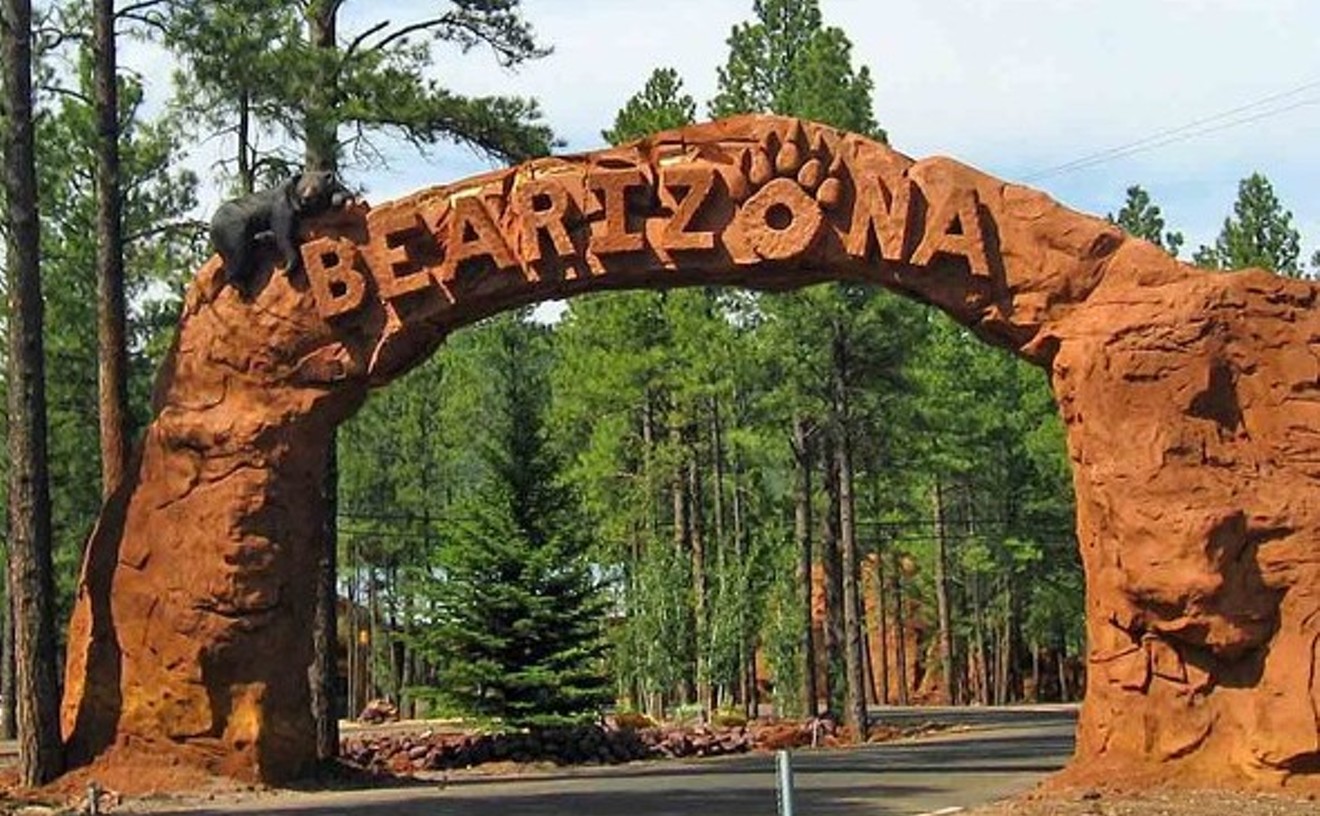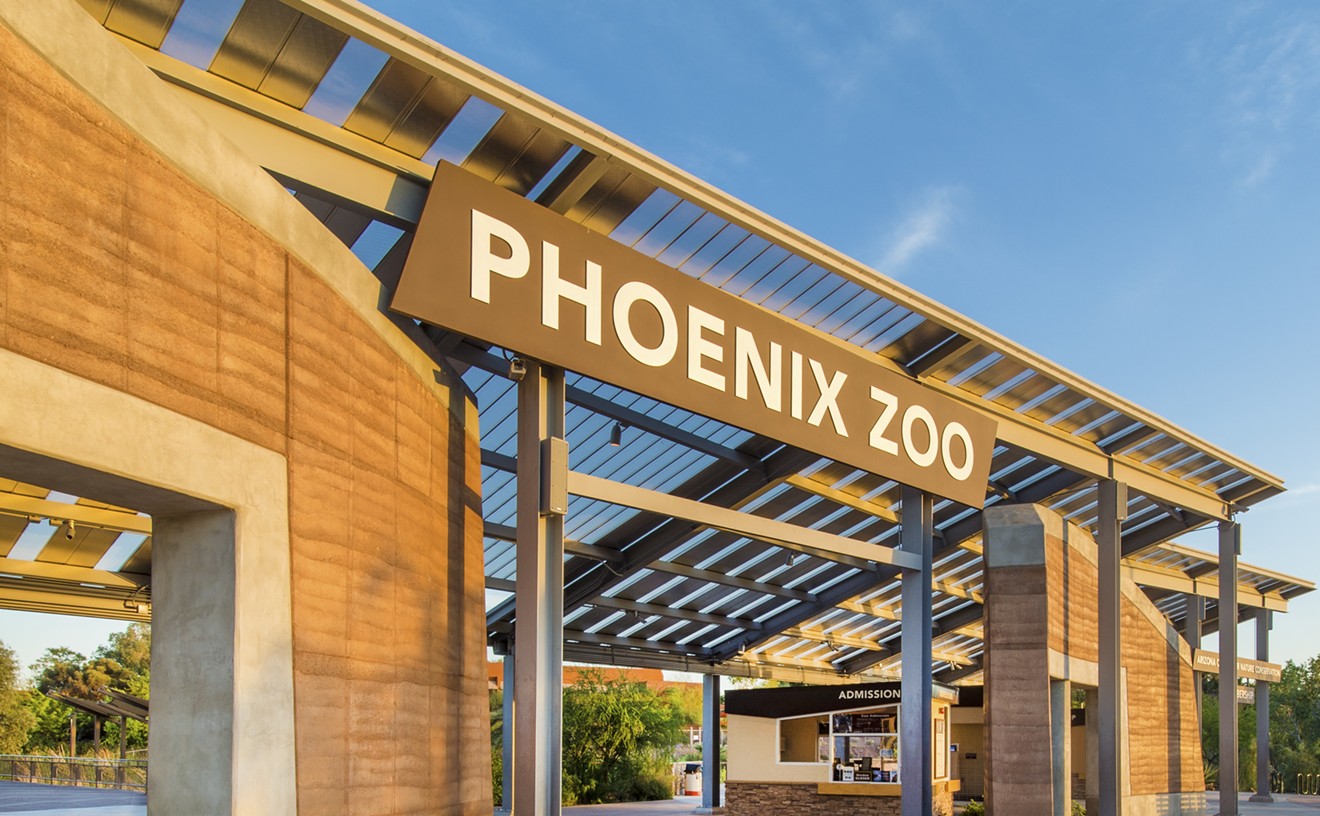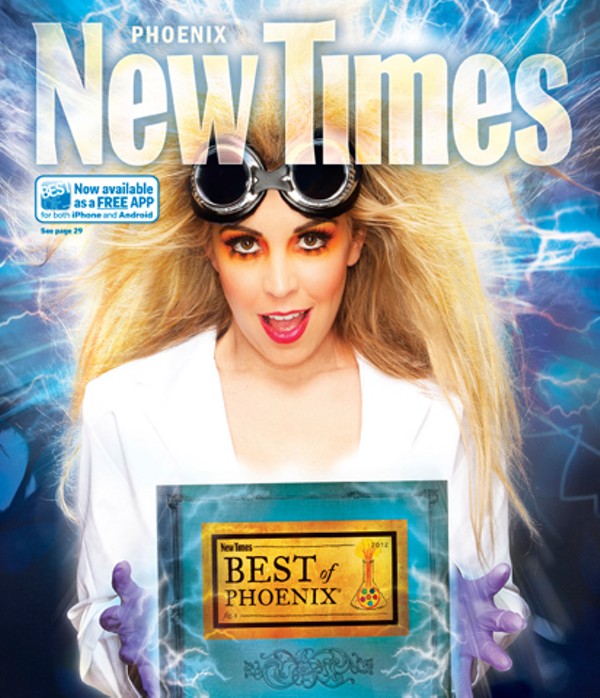When video-gaming goes from casual hobby to serious business, diehard gamers look for every advantage to take down their virtual enemies. Enter Evil Controllers. The online gaming distributor caters to a worldwide customer base of xBox and PlayStation enthusiasts by building custom video game controllers that meet the button, thumbstick, and trigger requirements of individual players.
Evil genius Adam Coe founded the Tempe company at age 19 in the Mark Zuckerberg fashion of building and distributing controllers from his dorm room at the University of Arizona. As demand for a once-nonexistent market multiplied, Coe abandoned his academic distractions to pursue his business efforts full time, with the help of his mom and older brother. Four years later, the words "evil controllers" might as well be considered a cheat code, as far as disadvantaged gamers are concerned.
Delivering one-of-a-kind products through an online platform that puts their competitors to shame, Evil Controllers lets customers construct their designs from scratch using the website's Controller Creator. Finished dream devices can even be shared on social networks so friends and family know exactly what to get you for the holidays. It's just one of the many features Evil Controllers offers to stay ahead of the game in the business world.
This is also one of the few companies that delves into the market of accessible controllers. Working alongside the Able Gamers Foundation, Adam Coe connects individually with disabled gamers to develop the right controller for each one's range of motion. Turns out, Evil Controllers is not so evil after all. See a slideshow here.











